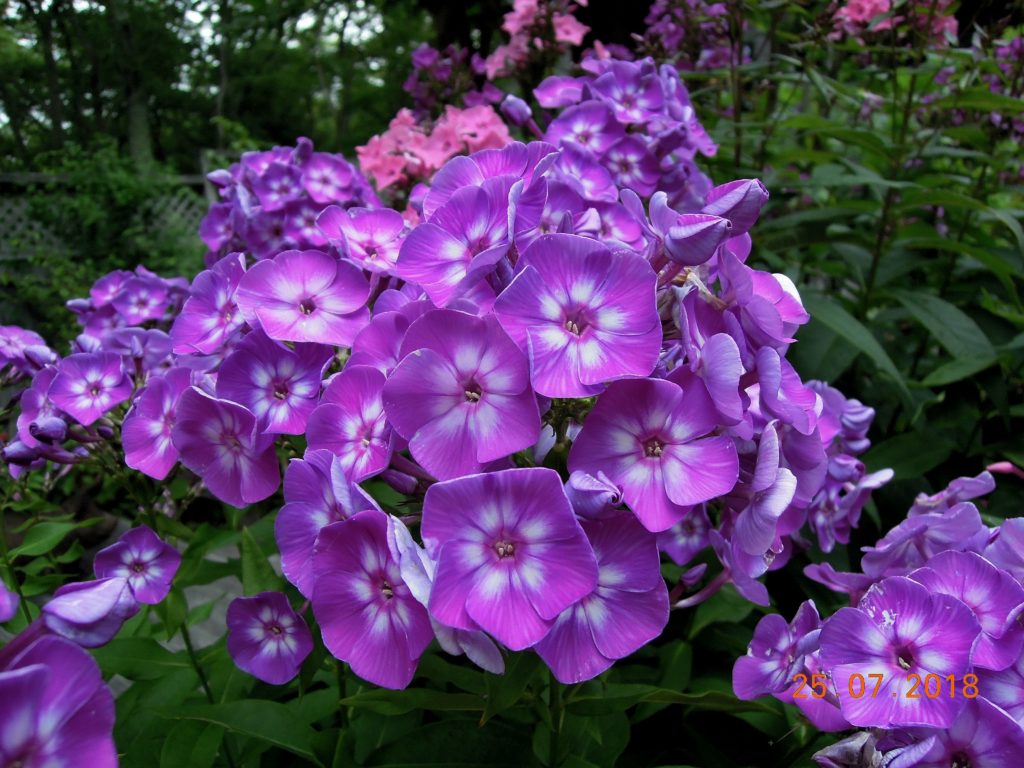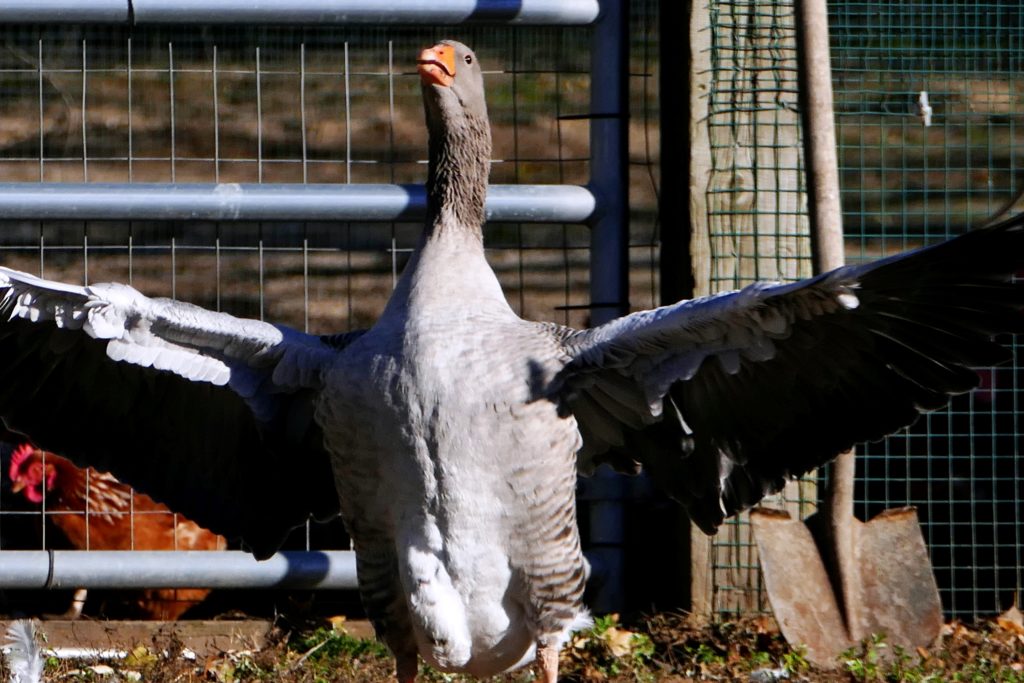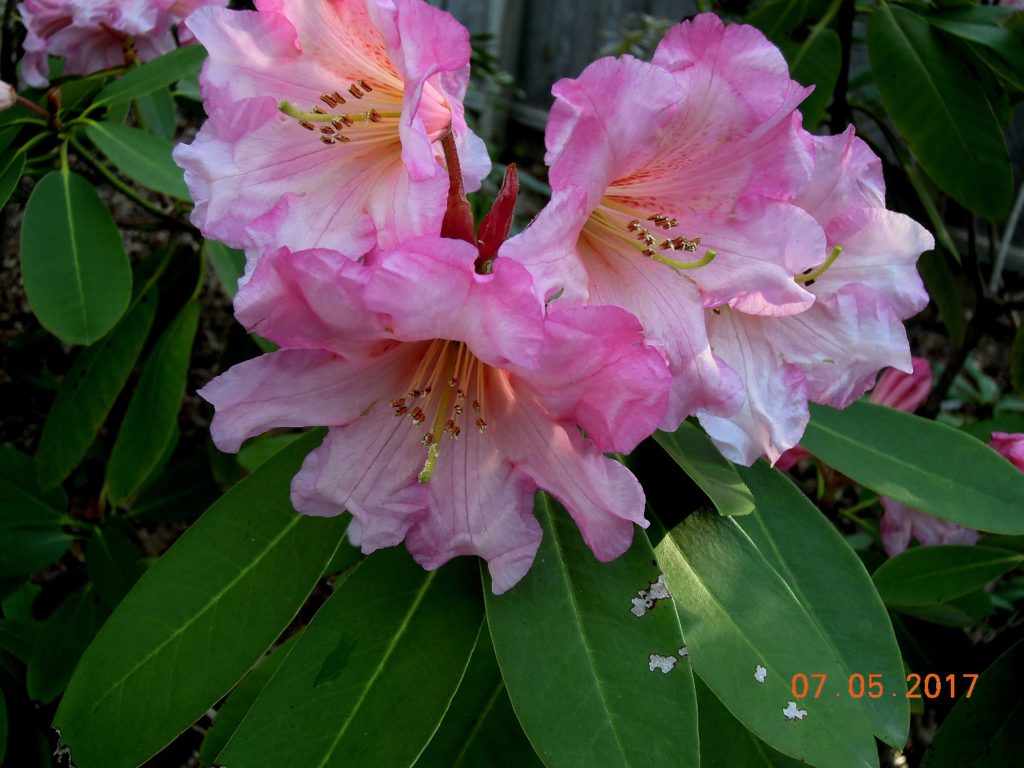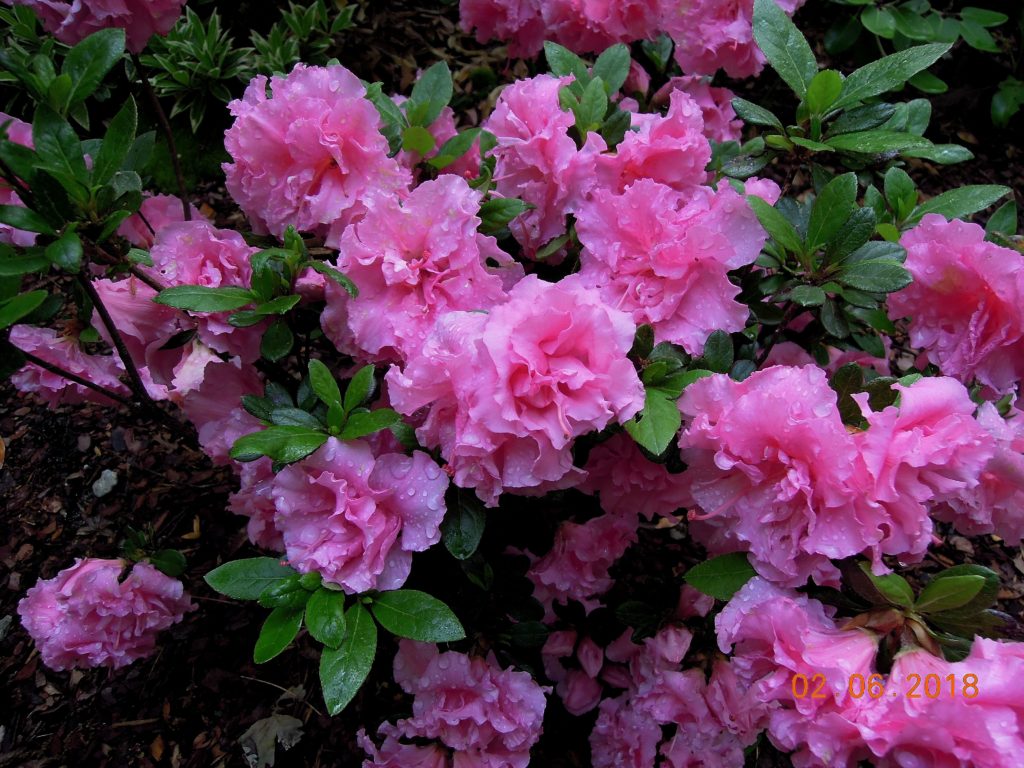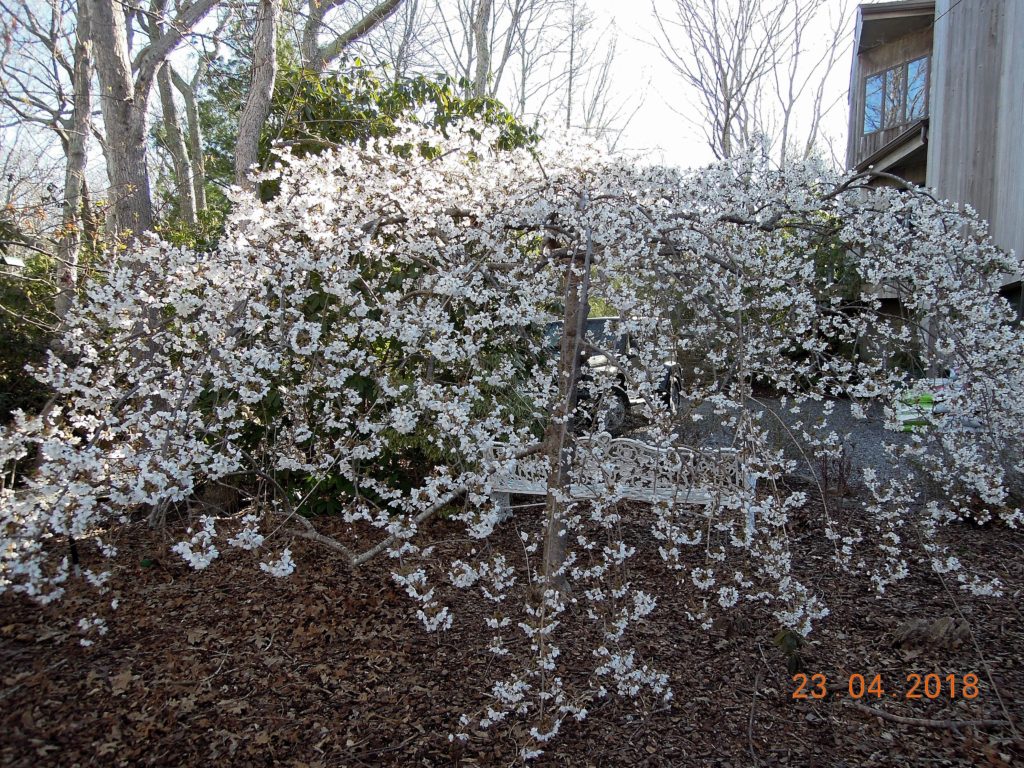“There is something healing in the repeated refrains of nature.” Rachel Carson.
A surprising trend is rapidly taking hold in the premier tech enclave of Silicon Valley, California: Parental concern over children becoming addicted to tech devices has resulted in home use restrictions—even total bans—of smart phones, iPads etc. “I’m convinced the devil lives in our phones”, said one techie, “and is wreaking havoc on our children.” And a top tech exec. said of his children’s screen addiction: “On the scale between candy and crack cocaine, it’s closer to crack cocaine.”
Clearly kids need other interesting and healthy diversions. The late British author/garden designer Gertrude Jekyll recommended one close to my heart:
“I rejoice when I see any one, and especially children, inquiring about flowers, and wanting gardens of their own, and carefully working in them. For love of gardening is a seed that once sown never dies, but always grows and grows to an enduring and ever-increasing source of happiness….I hold that the best purpose of a garden is to give delight and to give refreshment of mind, to soothe, to refine, and to lift up the heart.” The Gardener’s Essential (Godine 1986).
I’m also reminded of the words of Maribel P., a fourth grader in an inner city school, who was taking a nature enrichment class: “Sometimes I feel sad,” she said, “and with all the things about plants it makes my day feel better.”
Ditto for me, Maribel.
But I digress. With 2019 almost upon us, I thought a look back might be instructive. Here is a small, diverse sample of plants and highlights from my 2018 garden year:
January-March: Not a big fan of Winter, but in January Mother Nature decorated our kitchen door with wonderful ice art.
April: Spring began with a heavy snowstorm; then a first sighting of our wild turkeys and the lovely early Spring flowering duo: Pieris ‘Valley Valentine’ and evergreen Azalea, Rhododendron ‘White Surprise’.
May: May dazzled with large-leafed Rhododendrons like R. ‘Solidarity’, the signature plant of rareFindnursery, and with our beloved native plant, the Pink Lady’s Slipper Orchid (Cypripedium acaule).
June: Roses owned the month of June, represented here by time-tested, fragrant Rosas ‘Leander’ and ‘Aschermittwoch.’ And we had our first sighting of the garden’s treasured native box turtles.
July/August: Summer bloomers were center stage, especially my favorite Hydrangea, H. x ‘Sweet Chris’ and the very fragrant butterfly/hummingbird magnet, Phlox ‘Laura’.
September\October: This Autumn we reveled in the intoxicating perfume of Osmanthus x fortunei ‘UNC’. (For years my shrubs suffered winter damage and didn’t bloom at all. Maybe our luck has changed for the better.) I wonder if the fragrance lured our shy garden snakes out of hiding.
November: Acer palmatum ‘Aoyagi/ukon’ (Japanese Maple).
December: Miscanthus ‘Morning Light’ was a picture of ghostly white, graceful elegance, and the birds appreciated the abundance of seeds. Good reasons to delay cutting back perennials and grasses until Spring. Moreover, top growth protects a plant’s crown over Winter. Another good reason.
Garden Year 2018: TAKE A BOW!
Wishing you all a wonderful holiday and a Happy, Healthy New Year!










